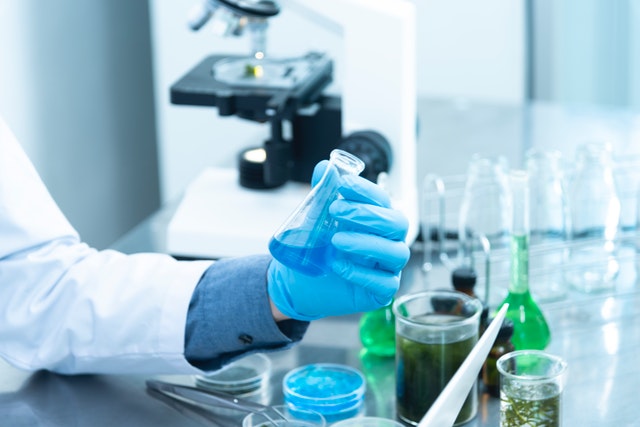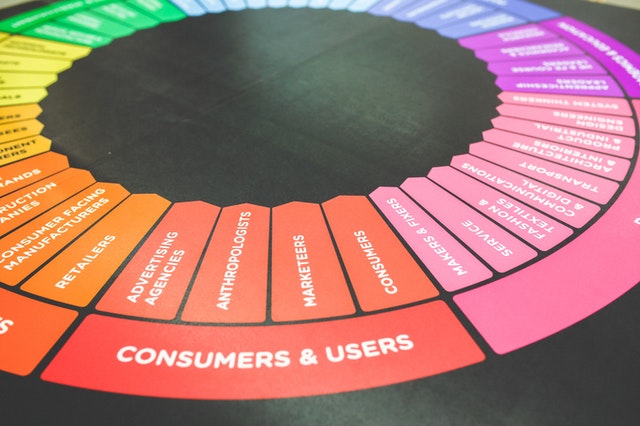Happy new year!
Christmas has come and gone, and now we’re in a new year. I didn’t have time to post updates before the Christmas break (as usual), but I’m pleased to announce that 2021 ended pretty well for us.
First, we completed the SETsquared ICURe programme (Cohort 35) to evaluate the market interest in our novel drug delivery technology, and gleaned some pretty encouraging intelligence about how to proceed with commercialisation. It’s early days yet, but the good news is, we’ve been invited to take part in the follow-on programme in 2022. The team has worked extremely hard on this project and I thank everyone involved for taking it this far (special shoutout to Katarina, Wing, Nga, Tarek, Tim and Dale).
Secondly, we have secured £30,000 in additional funding from Newcastle University to further pursue the development and commercialisaton of this technology. We are seeking commercial collaborations/partnerships in this area, so we invite interested stakeholders to get in touch.
Thirdly, and separately, we have been awarded £10,000 in seed-corn funding, thanks to the Wellcome Trust, to investigate a novel diagnostic technology that is minimally invasive, rapid and patient-friendly. This has the potential to replace invasive blood draws and tissue biopsies in disease diagnosis.
I’m excited about these opportunities/challenges and look forward to a fruitful year in 2022.



